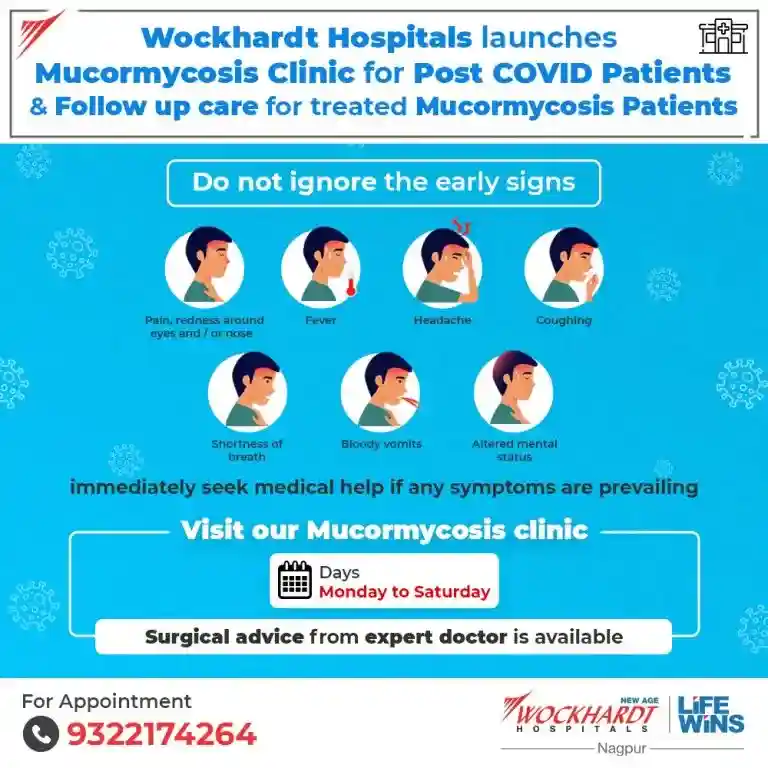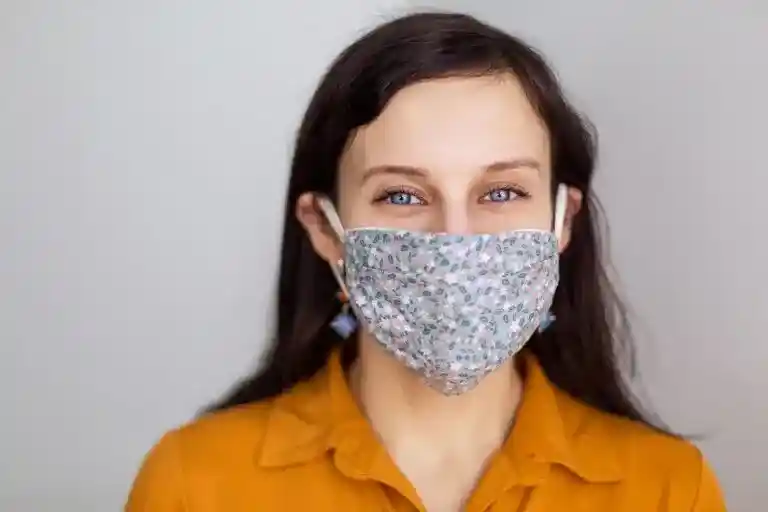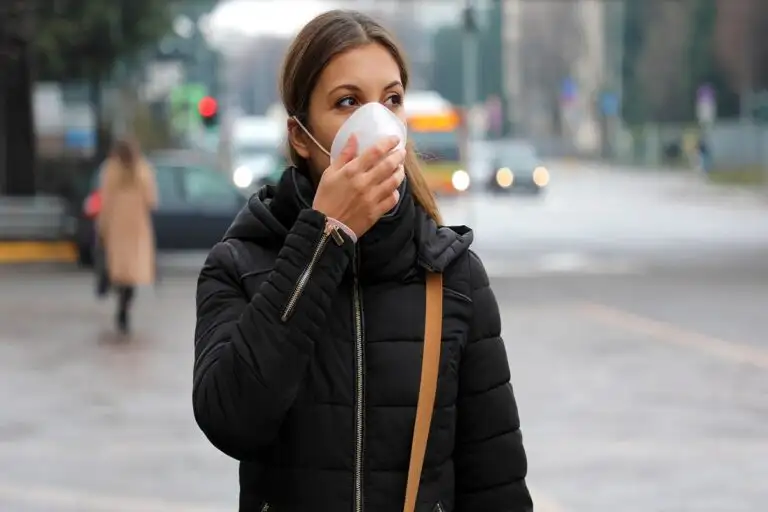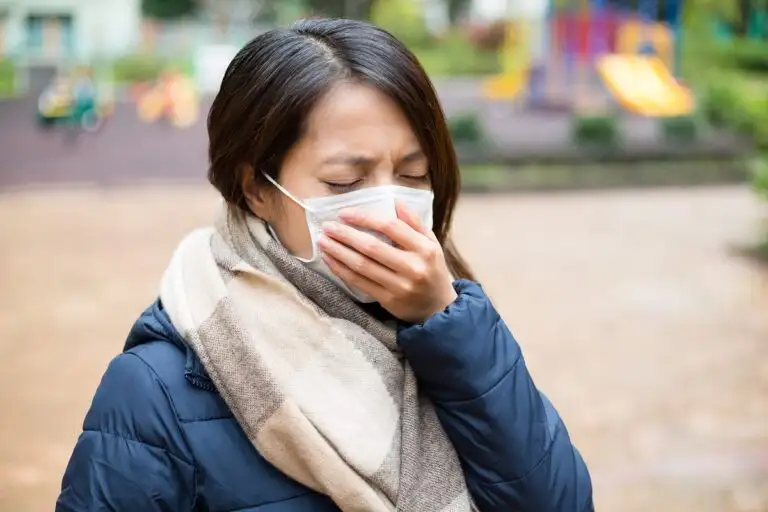As a deadly second wave of COVID-19 continues to ravage India, the medical fraternity in our country is not only concerned about this contagious virus but also other complications that are being reported by the patients. Cases of Mucormycosis, commonly known as the black fungus-a debilitating and life-threatening infection are being reported among COVID-19 patients and survivors.
Dr. Siddhartha Saoji, an endoscopic ENT surgeon at Wockhardt Hospitals quoted “Mucormycosis, a life-threatening infection, is promulgating in these people especially patients who have diabetes. If left untreated, this can result in blindness/ Decreases vision/ double vision and even deterioration Of general condition.” For a patient’s infection with the fungus, the clinical deterioration may start not In the span of the day but in the span of just a few hours. Consequently, the post-COVID patients, as advised by health experts, should remain very vigilant in looking for the early symptoms.
If someone has contracted the Mucormycosis (black fungal) infection, there are a few warning signs they Can look out for, like pain around the eyes/nose, facial swelling, double vision, decreases vision, loosening of teeth ache, headache, fever, and even nose bleed.
The case of Mucormycosis is alarmingly rising. A certain category of people is more prone to get infected by this fatal infection. People having diabetes, especially diabetic ketoacidosis, cancer organ transplant, Stem cell transplant, Neutropenia (low number of white blood cell), long-term corticosteroid use, Injection drug use, too much iron in the body (iron overload hemochromatosis), Skin injury due to surgery, burns, or wounds, Prematurity and low birth weight are more to get an infection post-COVID infection.
The diagnosis of this is mainly based on a clinical evaluation by an ENT surgeon. A diagnostic endoscopy with visualization of the typical blackish lesion is usually followed by a biopsy to confirm the presence of fungus. Imaging with contrast MRI (or contrast CT if MRI is not feasible) is essential to understand the extent of involvement and should be done as soon as possible.
As far as the treatment is concerned all these patients require surgery, regular debridement, management with anti-fungal drugs and other allied medical treatment as per protocol and long time follow up. Timely diagnosis and intervention result in a better outcome and prevent the spread of infection to the eyes and brain. Dr. Saoji informed the most of the patients arrive late when they are already losing vision, and doctors have to surgically remove the eye to stop the infection from reaching the brain. In some cases, it can require surgery; it can lead to eventual loss of the upper jaw sometimes even an eye.
Here’s Guide for Do’s and Don’t’s
Do’s-
- Control hyperglycemia
- Monitor blood sugar level post-COVI-19 discharge even in non-diabetics.
- use steroid judiciously
- use clean, sterile water for humidifiers during oxygen therapy
- use antibiotics and anti-fungal drugs in a prudent way
Don’t’s-
- Do not miss the warning signs and symptoms mentioned above
- Do not hesitate to seek aggressive investigations in the case early symptoms are observed.
- Do not lose the golden house to initiate the treatment for Mucormycosis and seek immediate medical care.
So keep your eyes peeled for any signs and symptoms and report immediately in case you experience them!!
We at Wockhardt Hospitals are trying to keep our nose to the grindstone and help the community fight the covid 19 pandemics.
Source: https://thelivenagpur.com/2021/05/16/another-dark-side-of-covid-mucormycosis/












